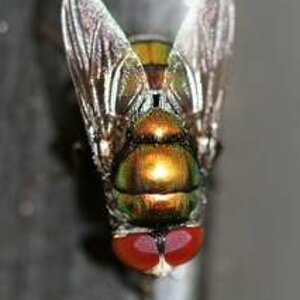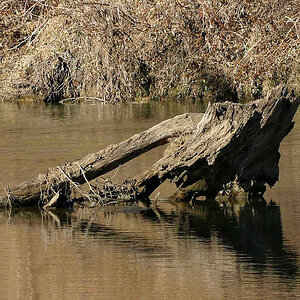zamanakhan
TPF Noob!
- Joined
- Sep 2, 2010
- Messages
- 473
- Reaction score
- 29
How the hell do guys get soo close to a bug where they can clearly see the eyes? where does the oomph from the background come from?
I am guessing they must use tubes or atleast reversing rings ontop of a true macro lens.
I finally started shooting macro after having gotten a 105 macro for 2 years or so, i used that lens for everything but macro. Yesterday i went over out on the balcony and took out my tripod and focusing rails, but to my surprise i actually preferred hand held macro with a sb-600 slightly to the side of the lens. I shot a spider that was on my railing, it was quite small, smaller than a penny, I got pretty darn close to that spider and i am quite surprised it didn't actually run away, i must of been less than 4-5inches away from that thing. Even with a 1:1 Lens i didn't get as close as i wanted, i want to be clearly able to see the thing's eyes up close.
What should i get in addition to the 105 vr to help me get closer? would it be better for me to maybe invest in a 200 f4 macro? or use tubes with my 80-200 2.8? Tubes with the 105? tubes and reversing ring with the 105? what kind of lens on the reversing ring?
I've caught the macro "bug" (very punny) and i want to get closer to these critters.
Currently my setup is a 105vr on a d7000 with a bracket from manfrotto that lets me mount two flashes to either side of the lens, it clips on at the bottom, odd contraption and a bit heavy but it works.
I shot these with it:
Spider-10.jpg | Flickr - Photo Sharing!
Spider-27.jpg | Flickr - Photo Sharing!
also how do i post pics from flikr?
I am guessing they must use tubes or atleast reversing rings ontop of a true macro lens.
I finally started shooting macro after having gotten a 105 macro for 2 years or so, i used that lens for everything but macro. Yesterday i went over out on the balcony and took out my tripod and focusing rails, but to my surprise i actually preferred hand held macro with a sb-600 slightly to the side of the lens. I shot a spider that was on my railing, it was quite small, smaller than a penny, I got pretty darn close to that spider and i am quite surprised it didn't actually run away, i must of been less than 4-5inches away from that thing. Even with a 1:1 Lens i didn't get as close as i wanted, i want to be clearly able to see the thing's eyes up close.
What should i get in addition to the 105 vr to help me get closer? would it be better for me to maybe invest in a 200 f4 macro? or use tubes with my 80-200 2.8? Tubes with the 105? tubes and reversing ring with the 105? what kind of lens on the reversing ring?
I've caught the macro "bug" (very punny) and i want to get closer to these critters.
Currently my setup is a 105vr on a d7000 with a bracket from manfrotto that lets me mount two flashes to either side of the lens, it clips on at the bottom, odd contraption and a bit heavy but it works.
I shot these with it:
Spider-10.jpg | Flickr - Photo Sharing!
Spider-27.jpg | Flickr - Photo Sharing!
also how do i post pics from flikr?


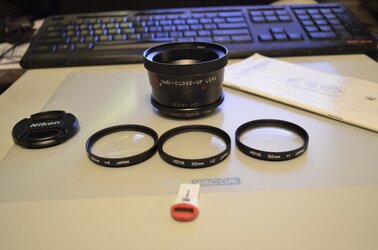
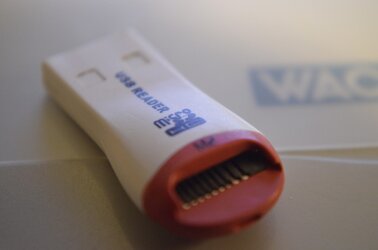
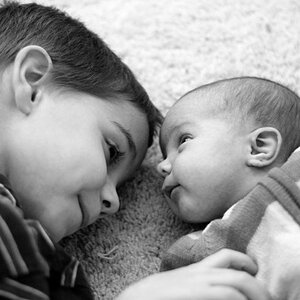
![[No title]](/data/xfmg/thumbnail/31/31705-3469470a562bc1a3bad361889544af19.jpg?1619734963)

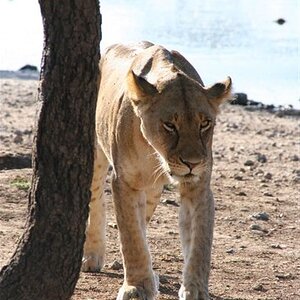
![[No title]](/data/xfmg/thumbnail/36/36673-19735e6d336c221f19091dde4a33c534.jpg?1619737676)


![[No title]](/data/xfmg/thumbnail/31/31045-f4eb92f5d5eaca89ec5966763eea2dae.jpg?1619734585)
![[No title]](/data/xfmg/thumbnail/31/31042-2fcf80c8987688129be89876d12ba006.jpg?1619734584)

